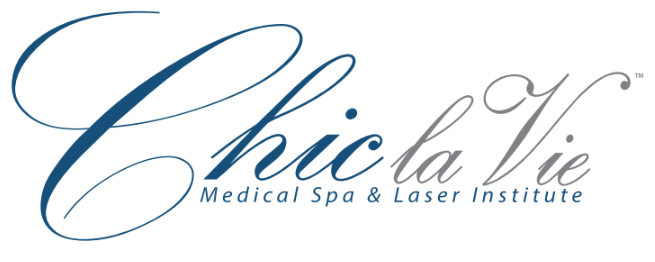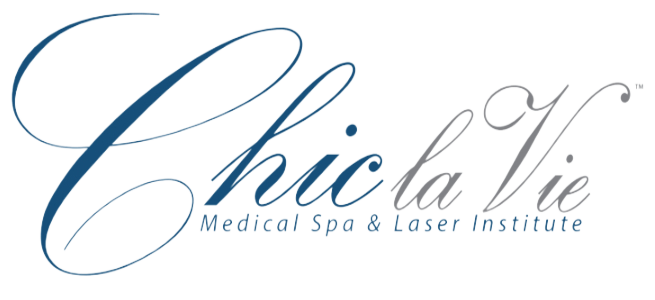Dermaplaning treatments usually take between 30 and 60 minutes. However, the length of your treatment will depend on the size and depth of your skin concerns.
Dermaplaning Las Vegas
What Is Dermaplaning?
Dermaplaning is an anti-aging skincare treatment – without the use of chemicals. It is a highly effective manual exfoliation technique that removes surface debris with a sterile, surgical scalpel (dermaplaning blade). An aesthetician uses the scalpel while holding the skin taut, swiping the blade in gentle upward motions to gently “shave” the skin’s surface, removing the top-most layer of dead skin. The added bonus is the removal of the fine, vellus hair (aka peach fuzz), which makes the skin feel smoother. It does not cause trauma to the skin and can be performed every 3 to 4 weeks. There is typically no downtime for this procedure.
Benefits of Dermaplaning
- Provides deeper product penetration,
- Removes soft facial hair that traps dirt and oils,
- Promotes smoother skin,
- Safe procedure for removing dead skin cells and “peach fuzz”,
- Reduces the appearance of acne scars,
- Diminishes the look of fine lines, and
- Works on all skin types.
Dermaplaning is also a good choice for people with sensitive skin, as it does not involve any harsh chemicals or abrasives. It is a safe and effective way to remove unwanted hair from the face, and can be used in conjunction with other treatments such as laser hair removal or IPL.
Will Dermaplaning Make My Skin More Sensitive to the Sun?
Yes, it is important to avoid sun exposure and wear sunscreen following dermaplaning as the skin will be more sensitive to the sun.
Can I Dermaplane if I Have Acne?
Dermaplaning can be performed on all skin types, including those with acne. In fact, dermaplaning can actually help to improve the appearance of acne by helping to remove dead skin cells and debris that can clog pores and lead to breakouts.
How Long Does a Dermaplaning Treatment Take?
What is Dermaplaning and is it safe?
In the hands of a professional, Dermaplaning is safe for all skin types, says Dr. Lane Smith, especially those with sun damage, fine lines, dry patches, and dull skin.
What is Dermaplaning and should I do it?
Dermaplaning is a cosmetic procedure that removes the top layers of your skin. The procedure aims to remove fine wrinkles and deep acne scarring, as well as make the skin’s surface look smooth.
What’s the deal with Dermaplaning?
What Is Dermaplaning? Dermaplaning is a skin treatment designed to smooth out the skin on the face. During a Dermaplaning treatment, an aesthetician will use a special, surgical blade to gently shave off the hair on the face and scrape away the top layer of dead skin cells. Dermaplaning helps to increase cellular turnover.
How often should you dermaplane your face?
How Often Should You Dermaplane Your Face? A good frequency is once every one or two weeks. Everyone’s skin differs – so you will know how often is best for you (perhaps a Sunday ritual?) You can judge it by: once your skin starts looking dull again, doesn’t feel as smooth, or you notice the tiny hairs coming back.



